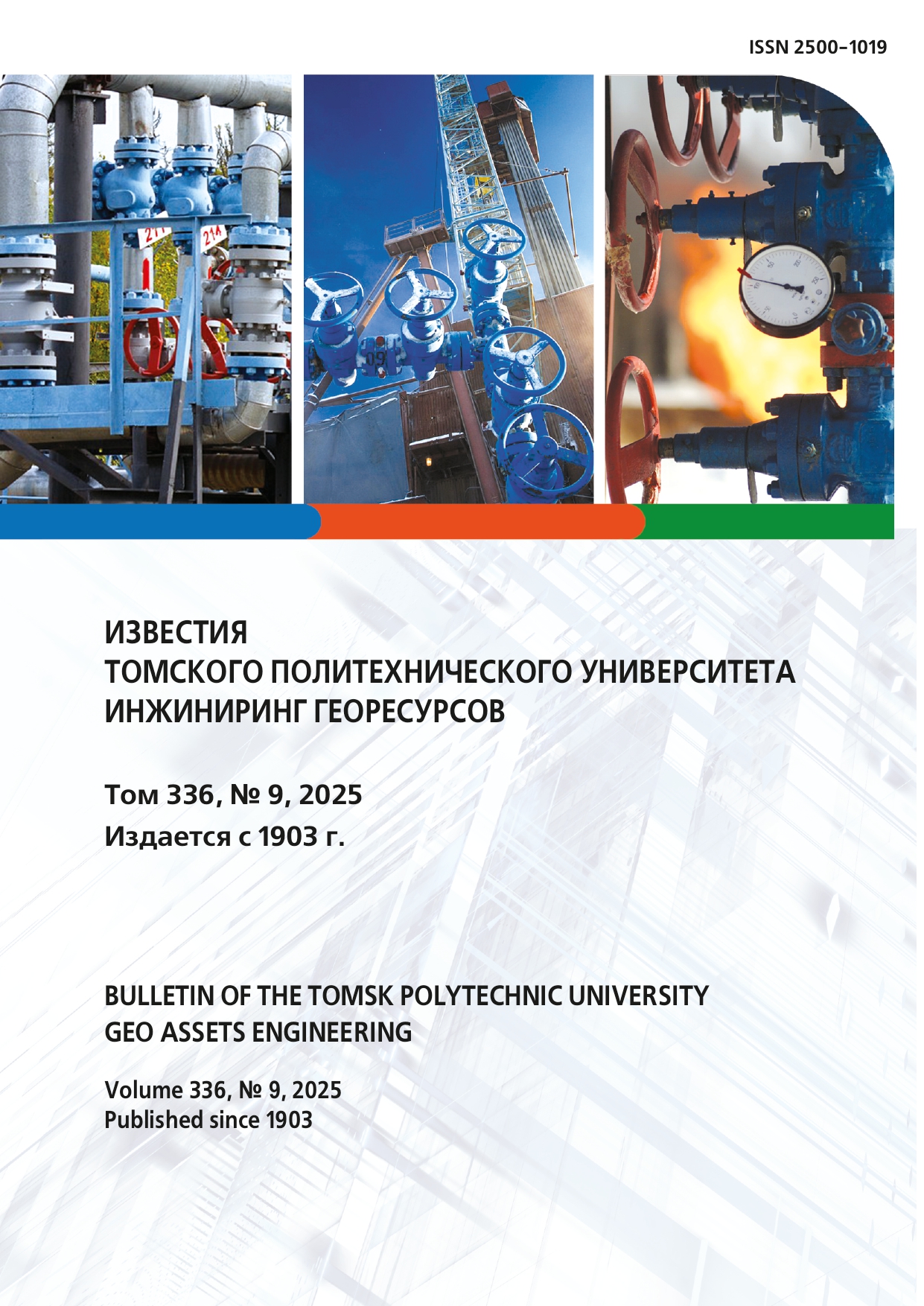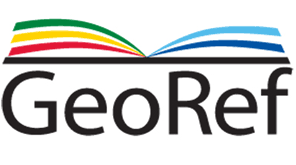Том 335 № 1 (2024)
DOI https://doi.org/10.18799/24131830/2024/1/4364
Выбор численных методов решения систем обыкновенных дифференциальных уравнений для быстродействующей модели пиролиза углеводородного сырья
Актуальность исследования обусловлена необходимостью увеличения производства легких олефинов. Применение систем усовершенствованного управления технологическим процессом и оптимизации в реальном времени позволяет повысить эффективность пиролизных производств, но требует быстродействующей математической модели процесса. Цель: выбор метода численного решения систем обыкновенных дифференциальных уравнений, обеспечивающего набольшее быстродействие при расчете реакционного змеевика печи пиролиза. Сокращение времени, затрачиваемого на расчет каждого сценария, позволит использовать предлагаемую модель для задач оптимизации технологического процесса в реальном времени. Объект: математическая модель пиролиза этана, методы численного решения систем обыкновенных дифференциальных уравнений. Методы: системный анализ, математическое моделирование. Для решения систем обыкновенных дифференциальных уравнений применялись различные численные методы в явном виде, отличающиеся способом выбора шага интегрирования. Результаты. Разработана и опробована стационарная модель пиролиза этановой фракции. На разработанной модели выполнено сравнение скорости расчета при использовании численных методов решения систем обыкновенных дифференциальных уравнений с фиксированным и с адаптивным шагом и показано, что использование адаптивного шага при интегрировании позволяет сократить время расчета более чем в 20 раз (с более чем 11 ч до 34 мин) при сохранении точности расчетов. Такие результаты связаны с различными скоростями реакций по профилю реакционного змеевика – в зонах высоких температур и высоких концентраций исходных веществ требуется сокращение шага интегрирования для получения требуемой точности, в то время как на участках, характеризующихся низкими скоростями реакций, допустимо увеличение шага и сокращение общего количества расчетных итераций.
Ключевые слова:
пиролиз, углеводородное сырье, численные методы, решение систем обыкновенных дифференциальных уравнений, адаптивный шаг интегрирования





